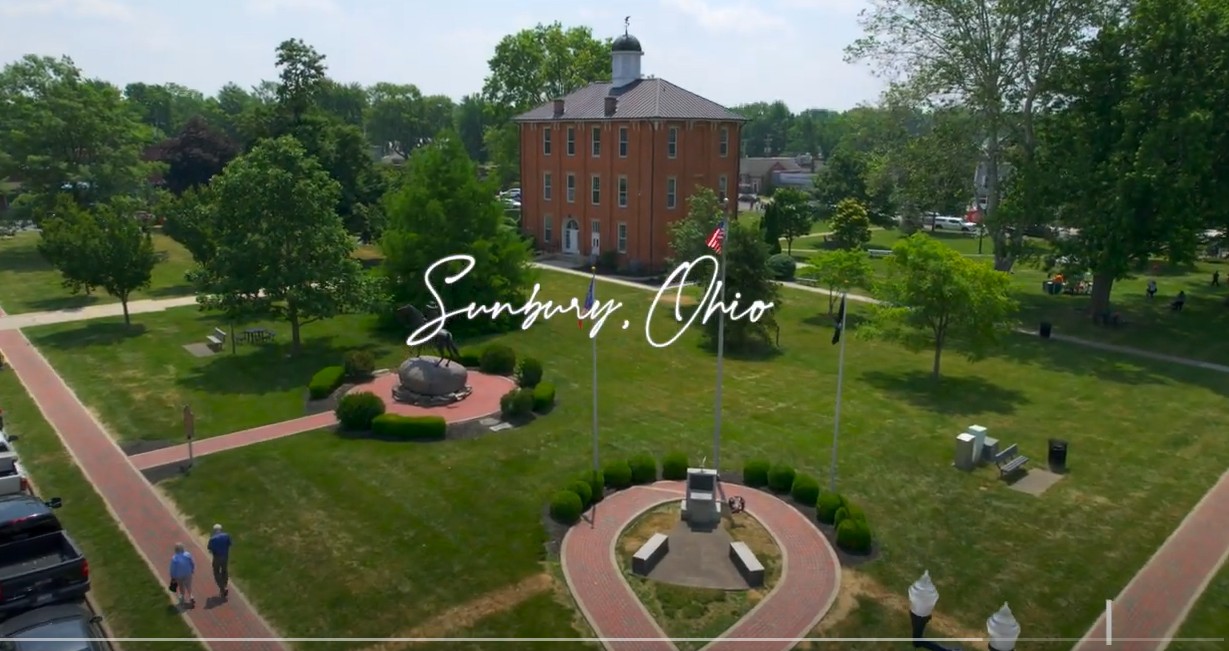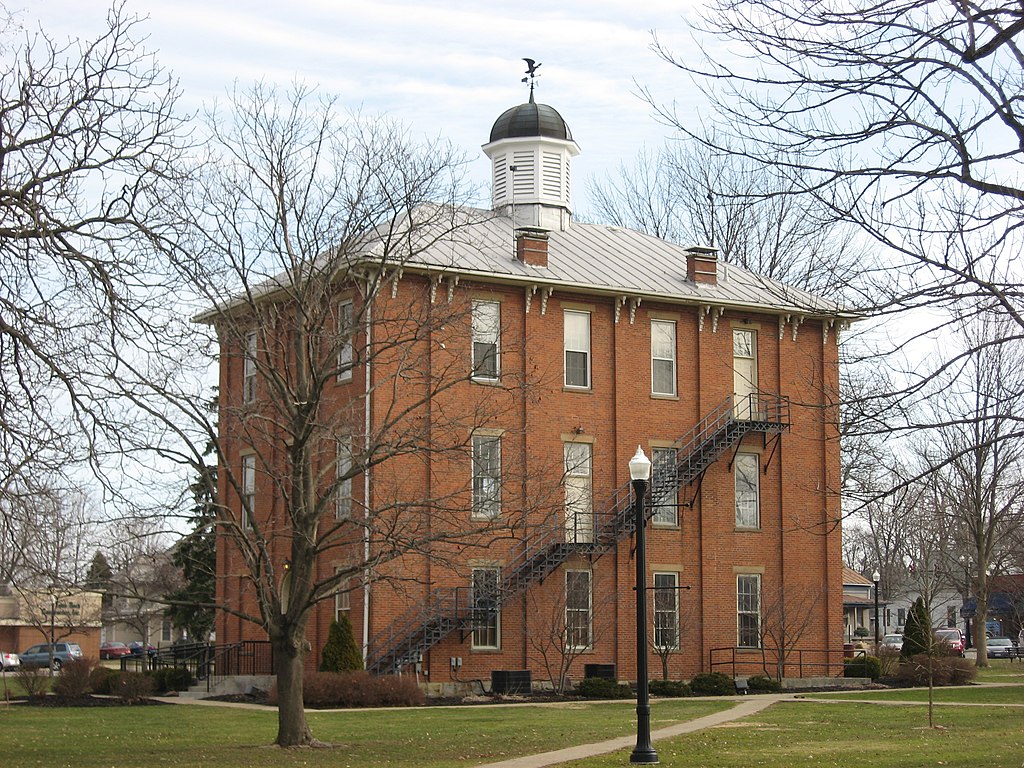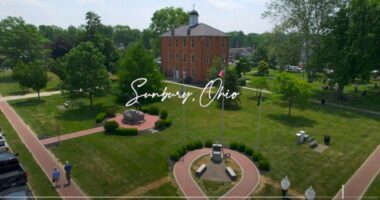By 1808Delaware
Sunbury’s Planning and Zoning Commission recently convened for a meeting that could impact the town’s economic and architectural landscape for years to come.
A Blueprint for Prosperity
Central to the meeting was the review of a zoning code amendment aimed at attracting high-quality industrial use. The commission, in collaboration with CT Consultants and other stakeholders, has drafted a new zoning code designed to lure companies specializing in high-tech, scientific research, and development. The code was not merely an amendment to existing industrial or planned industrial codes; it was a complete overhaul, borrowing language from other municipalities that have successfully attracted such industries.
The new zoning district aims to strike a balance between existing uses and future development. It has garnered interest from schools and is seen as a pathway to prosperity for Sunbury. The draft was presented for review, questions, and comments, with a presentation plan in place to provide additional context.
The Devil is in the Details: Setbacks, Transparency, and More
The proposed zoning code is meticulous in its details, covering everything from minimum setbacks from U.S. and state routes to the transparency required in building elevations. For instance, the minimum setback from the right-of-way line of U.S. and state routes is set at 250 feet. The code also addresses aesthetic concerns, prohibiting certain materials like untreated masonry block structures and reflective glass.
Parking requirements have been reduced compared to other districts, and applicants must provide a preliminary stormwater management plan. The code also includes a new section for all use-specific standards, covering restricted, accessory, and conditional uses.
Questions, Concerns, and the Road Ahead
The commission members raised several questions and concerns, ranging from how to address hazardous materials to the visual impact of industrial buildings. There was a debate on whether the minimum setback should be 200 or 250 feet, with references to examples and the impact on the visual corridor from the right-of-way.
The meeting concluded with the acknowledgment that a public hearing needs to be scheduled, and formal action must be taken by both the Planning and Zoning Commission and the City Council. The commission members seemed optimistic, albeit cautious, as they tread the fine line between economic development and community welfare.
The meeting a critical juncture in the town’s journey towards a prosperous future, balancing economic growth with community well-being.









